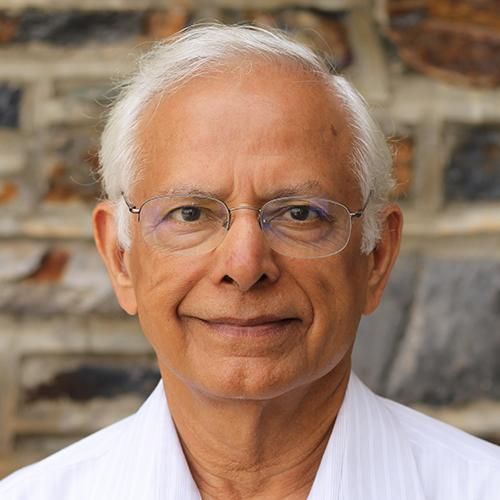Combined guard channel and mobile-assisted handoff for cellular networks
For cellular communication systems, mobility and limited radio coverage of a cell require calls to be handed over from one base station system (BSS) to another. Due to the limited bandwidth available in various cells, there is a finite probability that an ongoing call, while being handed off, may get dropped. Minimizing the dropping of ongoing calls during handoff is an important design criterion. Some digital cellular systems, e.g., the Global System for Mobile Communications and the IS-136, use mobile-assisted handoff (MAHO), in which a mobile terminal (MT) assists its BSS, and a mobile switching center in making handoff decisions. MAHO requires an MT to regularly report, back to its serving BSS, its current radio-link state [defined in terms of the received signal strength indicator (RSSI) and the bit error rate (BER)] of transmissions received from neighboring BSSs. Some researchers have suggested that a base station needs to give priority to the handoff calls over the new calls. This requires each cell to reserve a number of guard channels (GCs) to be used exclusively for processing of the handoff calls. Since MAHO makes handoff decisions based solely on RSSI/ BER measurements, there is a finite probability that some handoff calls may get dropped due to the nonavailability of free channels in the neighboring cell to which the call is being handed off. Conversely, if a handoff decision is based solely on the availability of a free channel, without regard to the signal quality, it may result in some of the handed-off calls being dropped due to poor signal quality. In this paper, we propose a new handoff technique by combining the MAHO and GC techniques. In the proposed technique, the MT reports back not only the RSSI and the BER but the number of free channels that are available for the handoff traffic as well. This will ensure that a handed-off call has acceptable signal quality as well as a free available channel. The performance of this handoff technique is analyzed using an analytical model whose solution gives the desired performance measures in terms of blocking and dropping probabilities. © 2008 IEEE.
Duke Scholars
Published In
DOI
ISSN
Publication Date
Volume
Issue
Start / End Page
Related Subject Headings
- Automobile Design & Engineering
- 46 Information and computing sciences
- 40 Engineering
- 10 Technology
- 09 Engineering
- 08 Information and Computing Sciences
Citation
Published In
DOI
ISSN
Publication Date
Volume
Issue
Start / End Page
Related Subject Headings
- Automobile Design & Engineering
- 46 Information and computing sciences
- 40 Engineering
- 10 Technology
- 09 Engineering
- 08 Information and Computing Sciences

